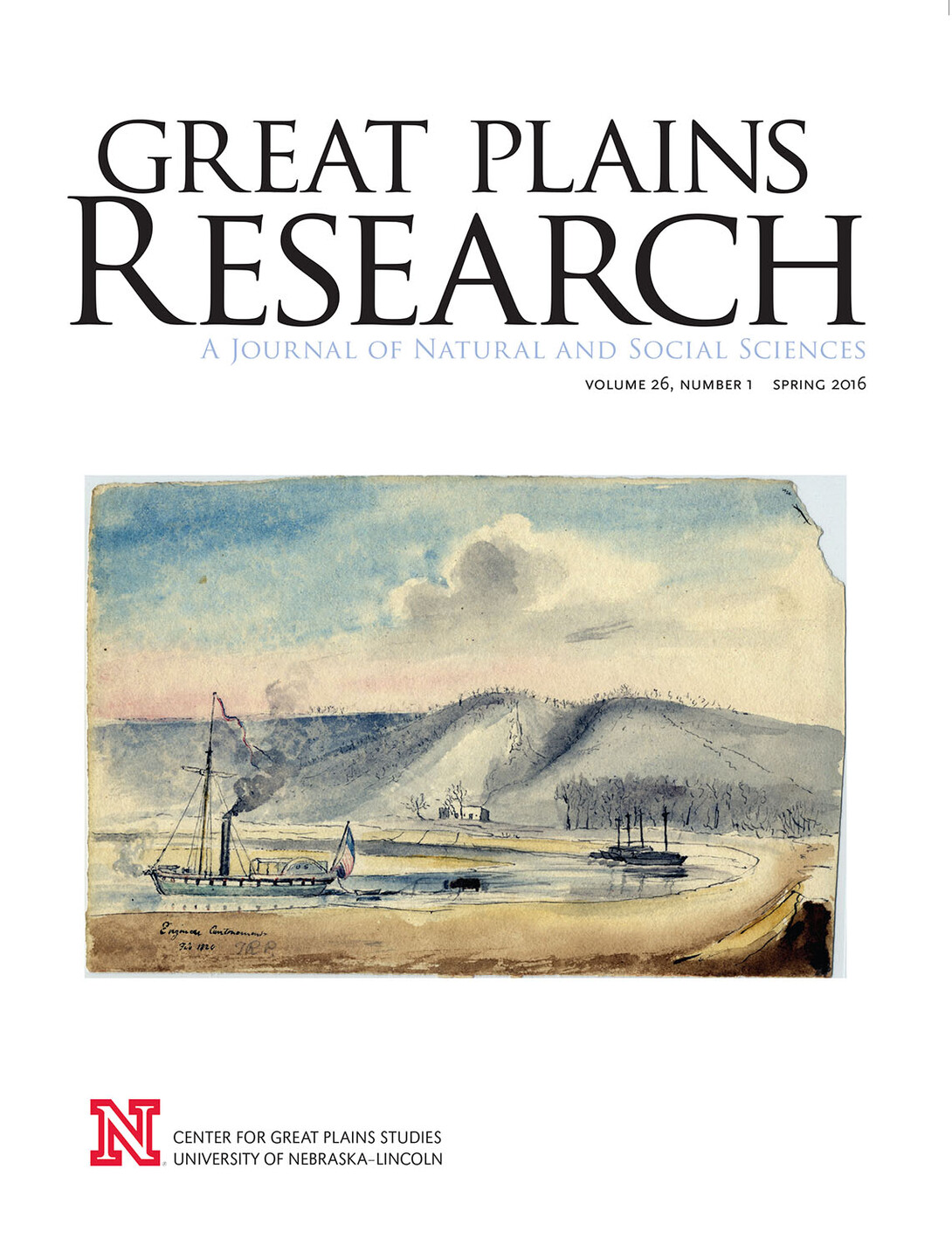
For many Native educators working on reservations, their job is more than teaching: It answers a call to serve Native communities. Their experience in both mainstream and tribal cultures makes them invaluable resources. Yet few studies have been done on these educators’ professional and personal experiences.
Terry Huffman’s article “Native American Educators and Their Leadership Roles on Reservations in the Northern Great Plains” in the latest issue of Great Plains Research documents the perceptions and experiences of 21 Native educators. Her study shows how these men and women are far more than educators, but instead encompass a wide variety of roles essential to the reservation population.
“By necessity, they must be a lot of different things to a host of people and circumstances,” Huffman writes. “Greater insight is needed to more fully appreciate the service Native educators render to reservations schools and communities.”
Other articles in the issue focus on natural and social sciences.
Jeremy S. Dillon and John R. Bozell take an in-depth view of an archaeological site through the lens of various disciplines in “At the Intersection of Geology, Archaeology, History and Art: Engineer Cantonment (1819-1820), Washington County, Nebraska.” The authors used the painting “Engineer Cantonment” by Titian Ramsay Peale to determine the site location, the oldest Euroamerican site discovered in Nebraska. They also found significant findings on the late Holocene Native occupations located there.
A resource-dependent prairie region in southwest Saskatchewan was the focus of M. Rose Olfert and David Natcher’s study “Adaptation in a Resource-Based Economy in the Northern Great Plains.” Their article examines how rapid population growth in their study area was short-lived due to poorly conceived government policy. Olfert and Natchez’s conclusion will lead to a better understanding of the challenges and opportunities faced by rural areas in the Northern Great Plains.
In “Westslope Cutthroat Trout Mortality Following Detoxification of Rotenone with Potassium Permanganate,” Maria L. Chaney and Casey W. Schoenebeck show how using the proper piscicide treatments of non-native trout upstream of fish barriers are necessary before native trout can be returned.
In “The Effects of Patch-Burn Grazing on Vegetation Structural Heterogeneity in the Northern Tallgrass Prairie of South Dakota,” Alexander J. Smart, Lora B. Perkins, Tara N. Schramm, Matthew J. Nelson, Peter J. Bauman, Sharon A. Clay and David E. Clay evaluated patch-burn grazing vs. continuous season-long grazing at two sites in eastern South Dakota to determine how the vegetation in each area responded.
A copy of Great Plains Research is available via Project MUSE and in print from the University of Nebraska Press as an individual copy or as a subscription. For more information, click here.








